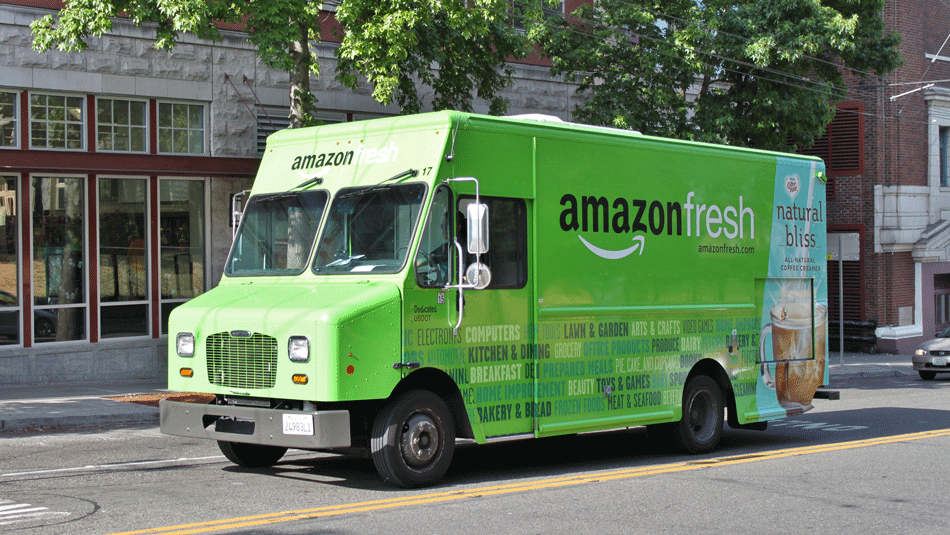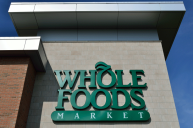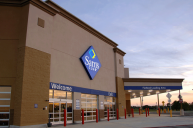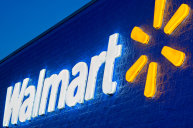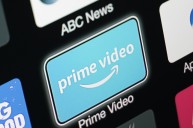Amazon is increasing the cost of its Prime membership fee by $20 in the United States. Starting on May 11, new subscribers will pay $119 a year for an annual subscription to Prime. Current Prime members will renew at the new price starting on June 16. It's the first price hike for the program since 2014, when the Amazon Prime cost also went up $20 from $79 to the current $99 annual fee.
Videos by Wide Open Country
In his annual letter to shareholders, Amazon CEO Jeff Bezos noted a few milestones and future goals that may be driving the price increase.
First, he noted that the program has exceeded 100 million members globally. It's the first time Bezos has publicly given a number of subscribers for Prime. While an increasing number of subscribers is good for the company, it also puts potential stress on the system especially when you consider that some of the newer Prime benefits include same-day and one-day delivery for Prime members in 8,000 locations and Prime Now delivery in 50 cities worldwide on top of the free two-day shipping on over 100 million different items.
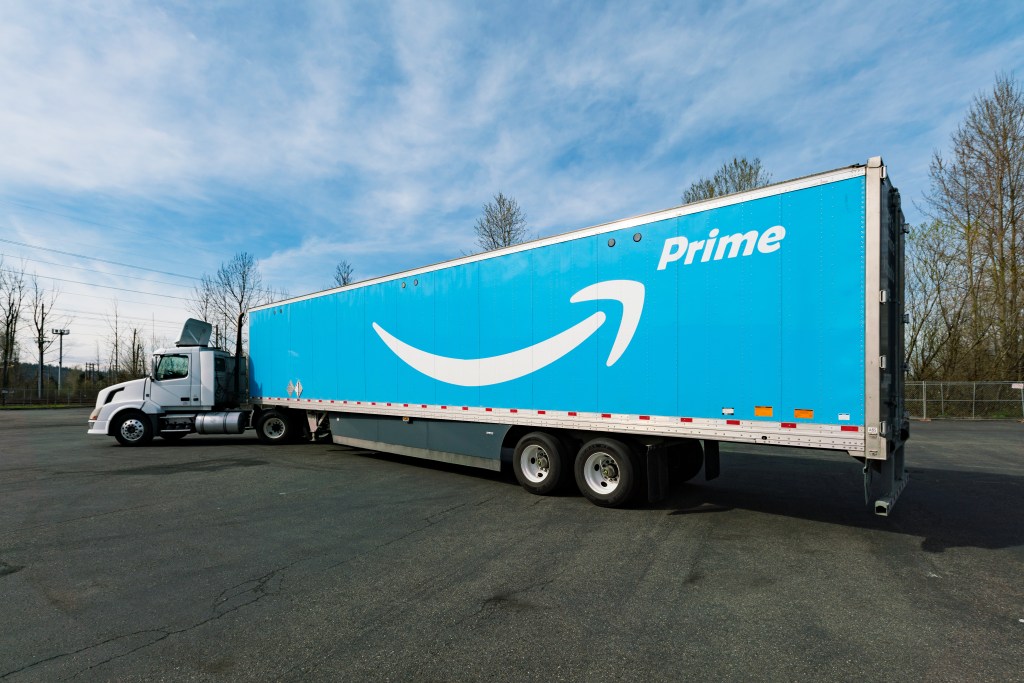
Amazon
Prime members order more from Amazon than non-Prime customers, which makes sense. But the more people claim those benefits, the more Amazon has to do things like hire additional people to fulfill and deliver those quick turn orders.
Add the Whole Foods acquisition into the equation and the price increase makes even more sense. Amazon added free two-hour grocery delivery from Whole Foods for Prime members in certain cities; the company is expanding the number of cities offering the perk. Amazon Visa cardholders get 5 percent back on purchases from Whole Foods, too.
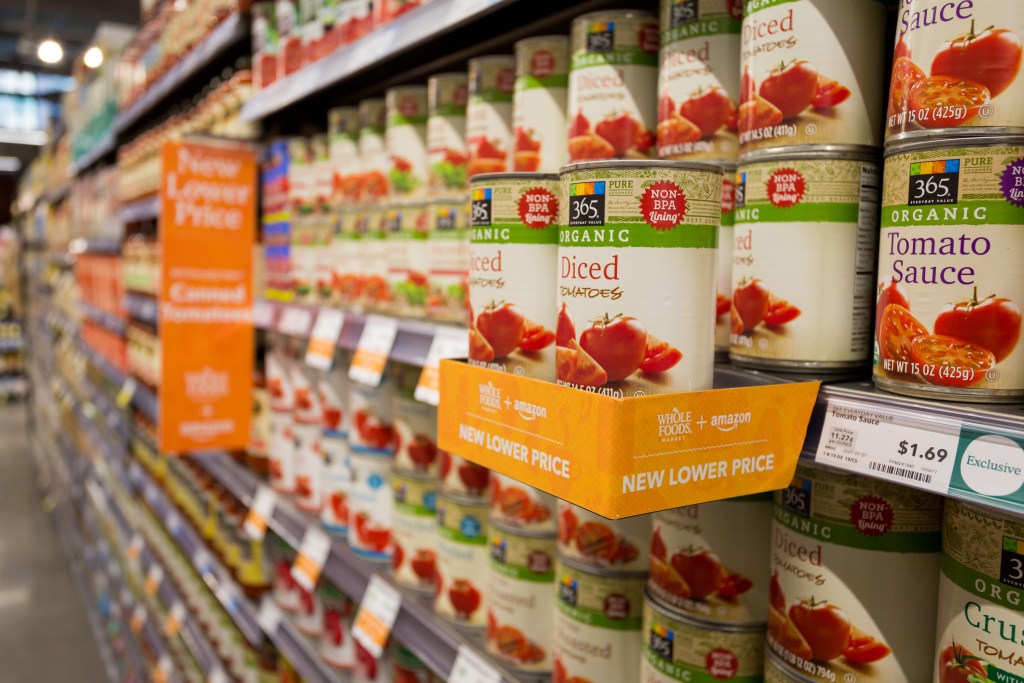
Whole Foods
Plus, one sentence in Bezos' letter promises greater benefits for Prime members to come: "We've also begun the technical work needed to recognize Prime members at the point of sale and look forward to offering more Prime benefits to Whole Foods shoppers once that work is completed," Bezos wrote.
According to CNBC, during its quarterly earnings call, Amazon CFO Brian Olsavsky echoed Bezos' words, telling analysts, "The value of Prime to customers has never been greater. And the cost is also high, as we pointed out especially with shipping options and digital benefits, we continue to see rises in costs."
The price increase may slow down the number of new Prime subscribers, though, according to Bezos, more new members joined Prime in 2017 than in any previous year, so there can't be that many people left with an internet connection and a credit card that haven't joined.
Not everyone is happy about the price increase, of course, but given that Amazon Prime customers tend to be people with some disposable income who are willing to pay for the convenience and free shipping, and that Prime members are likely to be locked into Amazon through devices like Amazon Alexa, it doesn't seem likely that many current customers will drop their membership.
Combine free and/or fast delivery, the grocery benefits, and access to books, music, and award winning tv shows and movies through Prime video streaming, and an extra 20 bucks a year for an Amazon Prime membership doesn't seem like that much to pay.


